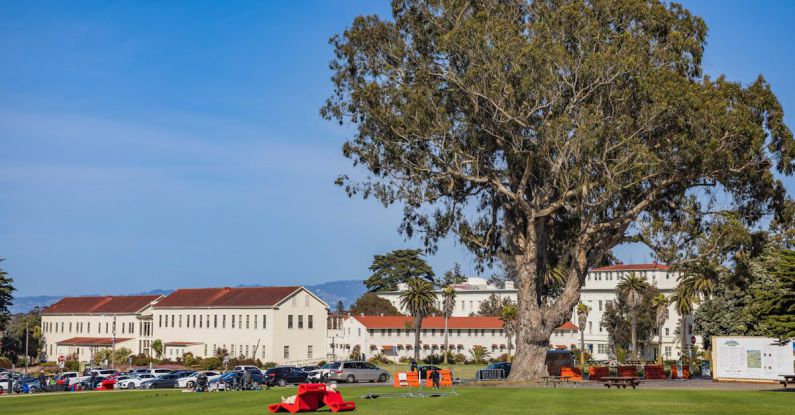How Can Green Spaces Improve City Infrastructure?
Urban areas around the world are constantly evolving, with infrastructure playing a pivotal role in shaping the quality of life for residents. As cities expand and populations grow, the need for sustainable solutions becomes increasingly pressing. One such solution lies in the integration of green spaces within city infrastructure. These areas not only provide environmental benefits but also contribute to the overall well-being of urban communities. From parks and gardens to green roofs and living walls, incorporating nature into the urban landscape can have a profound impact on the livability and sustainability of cities.
**Combatting Urban Heat Islands**
Cities often face the issue of urban heat islands, where built-up areas absorb and retain heat, leading to higher temperatures compared to surrounding rural areas. Green spaces offer a natural solution to combat this phenomenon. Trees, grass, and vegetation absorb sunlight and provide shade, reducing surface temperatures and cooling the air through evapotranspiration. By strategically planting trees and creating green corridors, cities can mitigate the heat island effect, creating more comfortable microclimates for residents. This not only enhances the urban environment but also reduces the energy demand for cooling buildings, ultimately contributing to energy savings and lower carbon emissions.
**Improving Air Quality**
Poor air quality is a significant concern in many cities, with vehicle emissions and industrial activities being major contributors to pollution. Green spaces play a crucial role in improving air quality by acting as natural filters. Plants absorb pollutants such as carbon dioxide, sulfur dioxide, and nitrogen oxides, while also releasing oxygen into the atmosphere. Additionally, green infrastructure helps to trap particulate matter, reducing the concentration of harmful particles in the air. By integrating green spaces into city planning, policymakers can effectively enhance air quality and promote the health and well-being of urban residents.
**Enhancing Biodiversity**
Urbanization often leads to the loss of natural habitats, putting pressure on local flora and fauna. Green spaces within cities provide vital refuges for wildlife, creating interconnected networks that support biodiversity. Parks, green roofs, and urban gardens offer habitats for birds, insects, and small mammals, helping to maintain ecological balance within urban areas. By preserving and restoring green spaces, cities can protect native species, promote pollination, and create opportunities for environmental education and awareness among residents. Enhancing biodiversity not only enriches the urban ecosystem but also fosters a sense of connection to nature among city dwellers.
**Promoting Mental Health and Well-being**
In the hustle and bustle of city life, green spaces offer a sanctuary for relaxation and recreation. Studies have shown that access to nature has a positive impact on mental health, reducing stress, anxiety, and depression. Parks and gardens provide opportunities for physical activity, social interaction, and mindfulness, enhancing the overall well-being of urban residents. Green spaces also serve as communal gathering places, fostering a sense of community and belonging among diverse populations. By integrating nature into the urban environment, cities can create inclusive spaces that promote mental health and quality of life for all residents.
**Conclusion: Creating Sustainable and Livable Cities**
Green spaces play a vital role in improving city infrastructure by addressing key environmental, social, and economic challenges. From mitigating urban heat islands and improving air quality to enhancing biodiversity and promoting mental health, the benefits of integrating nature into urban landscapes are far-reaching. As cities continue to grow and evolve, prioritizing green infrastructure is essential for creating sustainable, resilient, and livable urban environments. By investing in green spaces, cities can enhance the quality of life for residents, promote environmental sustainability, and build a more inclusive and vibrant urban future.






